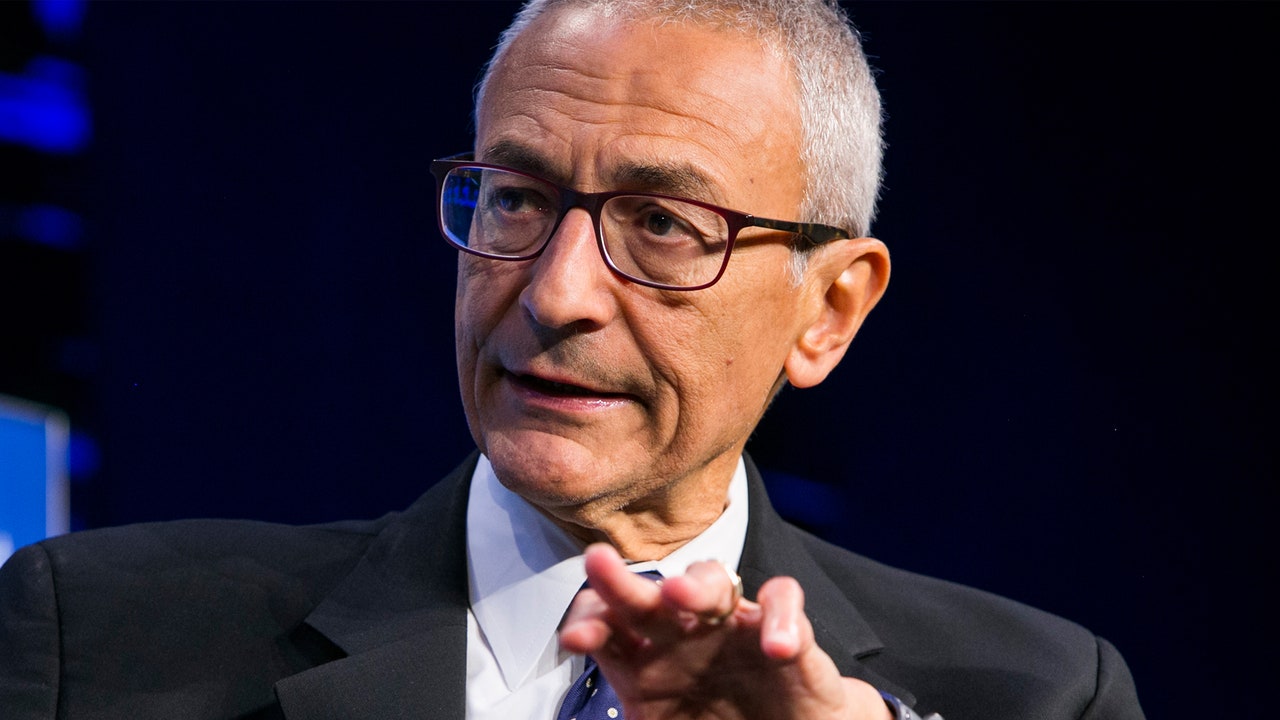“I Hope the Mindset Has Changed”: John Podesta Is Thrilled That Congress Finally Cares About UFOs

“I saw more eagles than UFOs,” John Podesta joked. The former chief of staff to Bill Clinton and veteran of the Obama White House had just returned from a trip to Alaska and, speaking with me from California last Friday, shared his thoughts on the highly anticipated government report on unidentified flying objects, set to be released later this week. Over the past few decades, Podesta has emerged as one of the most prominent public figures goading the Pentagon to disclose information on UFOs—or, in official channel parlance, “unidentified aerial phenomena” (UAP). In his view the report’s expected release marks a sea change in not only public sentiment, but political posturing around the issue. “There’s always been tremendous public interest in this, but it was kind of pushed to the fringe. People were viewed as a little bit goofy if they wanted to raise the topic,” he explained. “Now I think that’s changed.”
At the end of his time in Barack Obama’s administration, Podesta somewhat famously tweeted that his “biggest failure” in 2014 was not securing the release of the government’s UFO files. Similarly, during the 2016 election, Hillary Clinton’s declaration that Podesta “has made me personally pledge we are going to get the information out” about UFOs and Area 51 made headlines—not to mention fodder for the late-night circuit. But the political operative’s dalliances with the unexplained, and his desire to determine what truth, exactly, is out there, have roots in his time working for Senator Patrick Leahy, a vocal proponent of declassification and the Freedom of Information Act. When he moved to the White House, Podesta was knee-deep in similar declassification efforts. He also was a member of the Commission on Protecting and Reducing Government Secrecy. Better known as the Moynihan Commission, after its chairman, former U.S. senator Daniel Patrick Moynihan, the group pushed for broad declassification across the government and aimed to dismantle the government’s culture of secrecy. “I’m a big advocate for all this openness,” he told me, articulating his stance as: “declassify everything”—barring any information that might pose a threat to national security, of course.
Now Podesta might get his chance, after decades of trying. “John can get totally maniacal and phobic on certain subjects. He’s been known to pick up the phone to call the Air Force and ask them what’s going on in Area 51,” White House press secretary Mike McCurry told The Washington Post back in 1998. During the 1990s, Laurance Rockefeller—of the prominent Rockefeller family—pushed for the government to release any classified information on UFOs and aliens. Known today as the Rockefeller Initiative, the effort involved a series of well-funded projects but also included direct lobbying of the Clinton administration, in which Podesta was involved. (Who can forget the disorienting photo of Hillary Clinton holding the book Are We Alone? Philosophical Implications of the Discovery of Extraterrestrial Life—which was taken at the Rockefeller compound in Wyoming.) Little came of it, though documents related to Rockefeller’s campaign were released under the Freedom of Information Act in recent years. As Podesta put it, they “kind of got stonewalled” by the Pentagon. At the time, he told me, “I think their attitude was: ‘Just don’t bother me with this,’ and, ‘There’s no good end to my engaging on questions around whether the U.S. military has encountered phenomena that they can’t explain and could be arguably propulsion systems that are unearthly.’”
Given his growing reputation as an advocate for declassification, Podesta was introduced to Leslie Kean, an investigative journalist who has earned her keep reporting on and advocating for government transparency around UFOs, in the early aughts. The Sci Fi Channel—now Syfy—had approached Kean to spearhead an effort to cast light on a UFO incident through the use of the Freedom of Information Act. Kean had zeroed in on an incident in Kecksburg, Pennsylvania, that occurred on December 9, 1965, and involved an unknown object, described as a “clay acorn the size of a Volkswagen with Egyptian hieroglyphs running around the base,” falling out of the sky and later being removed from the woods where it landed, per witnesses at the time. She filed a Freedom of Information Act request for information from NASA on the incident, but the effort stalled out, prompting her to sue. To promote the project the network hired Washington, D.C., P.R. firm PodestaMattoon, which was cofounded by Podesta and his brother, Tony. (The firm has since changed its name to the Podesta Group.) And Podesta became a public advocate for Kean and the suit. “They processed the request, she got some documents,” Podesta said. However, he continued, “there were clearly documents that had been created that weren’t found…. I’ve described this as ‘the dog ate my homework.’ The search, the review sort of should have turned up more, but it didn’t.” The suit garnered a fair bit of media attention. Federal judge Emmet Sullivan—a familiar name, no doubt, to spectators of the Michael Flynn case—rebuked NASA for its disregard for Kean’s FOIA request, and after four years, Kean won a $50,000 settlement for legal fees. But as she told me last week, “The upshot of it was that we never got one document that had even any relationship at all to anything to do with this case.”
Kean was not deterred. In 2010 she published a best-selling book—for which Podesta wrote a foreword—titled, UFOs: Generals, Pilots, and Government Officials Go on the Record. And in December 2017, Kean shared a byline with Helene Cooper and Ralph Blumenthal on a New York Times article that undoubtedly shifted public and political sentiment around UFOs. The story—“Glowing Auras and ‘Black Money’: The Pentagon’s Mysterious UFO Program”—detailed the existence of a program dedicated to investigating unexplained aerial phenomena, known as the Advanced Aerospace Threat Identification Program. Propped up by senators Harry Reid, Ted Stevens, and Daniel Inouye and $22 million in funding, the AATIP was created in 2007 and shut down by the Pentagon in 2012, though Luis Elizondo, a military intelligence official who ran the program until his resignation in 2017, has publicly said work continued even after funding dried up. But perhaps even more important, the Times story included two videos of UFOs.
*** This article has been archived for your research. The original version from Vanity Fair can be found here ***


